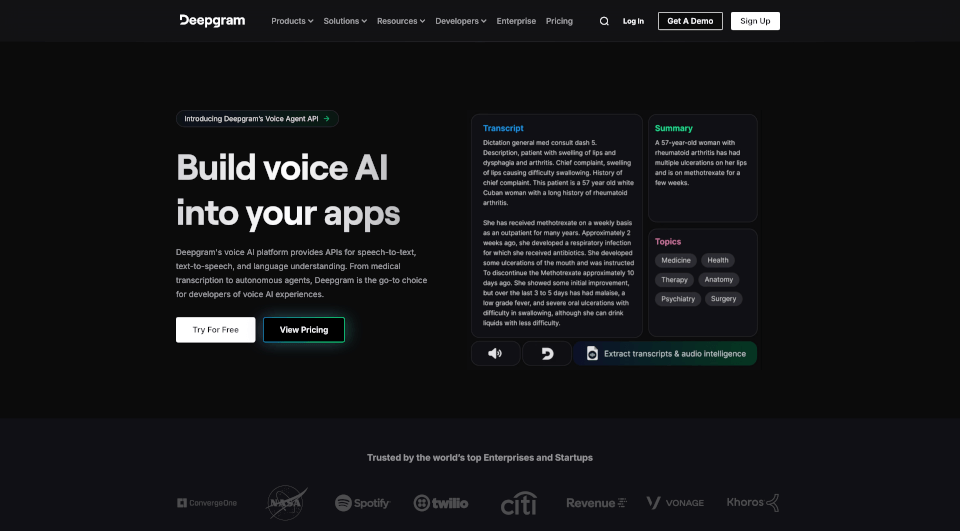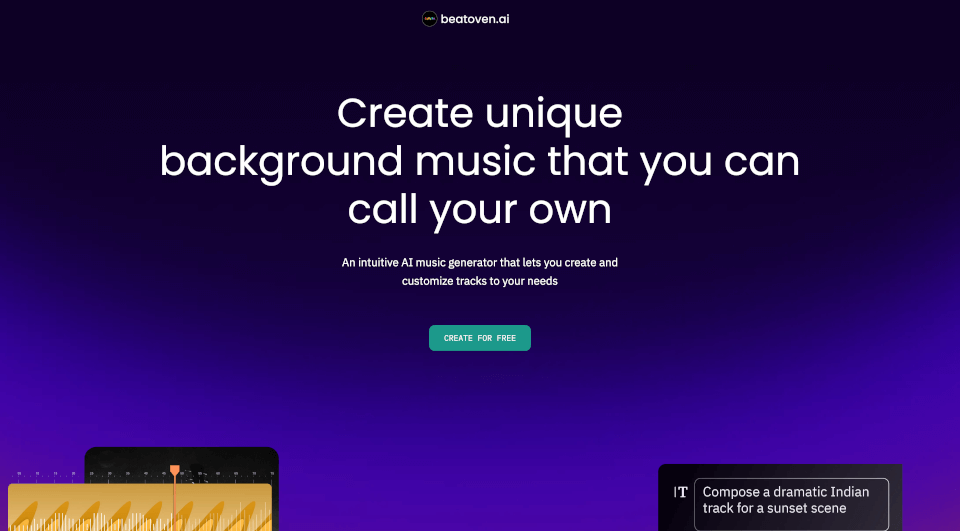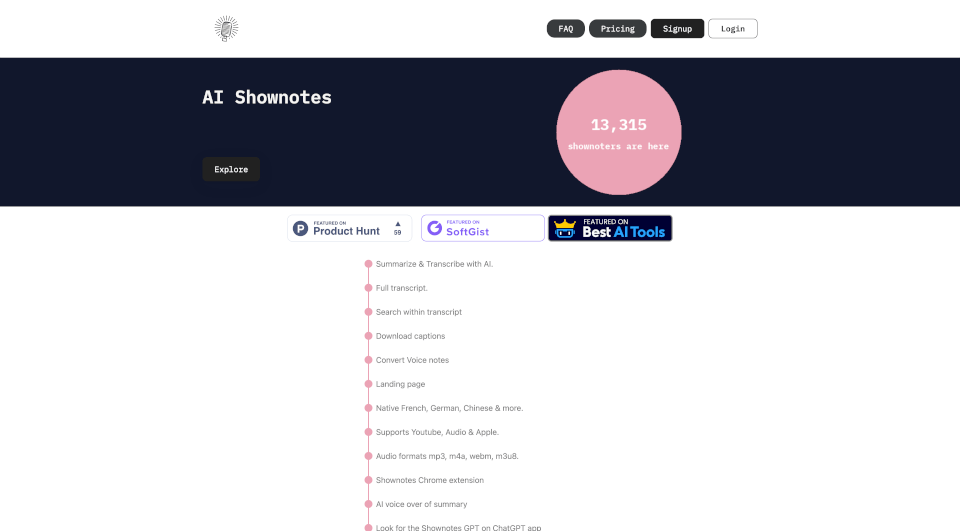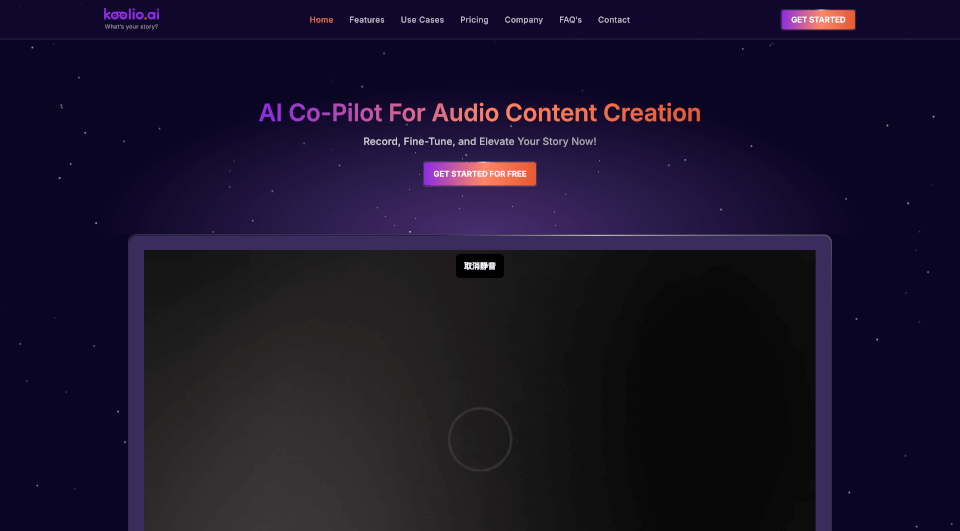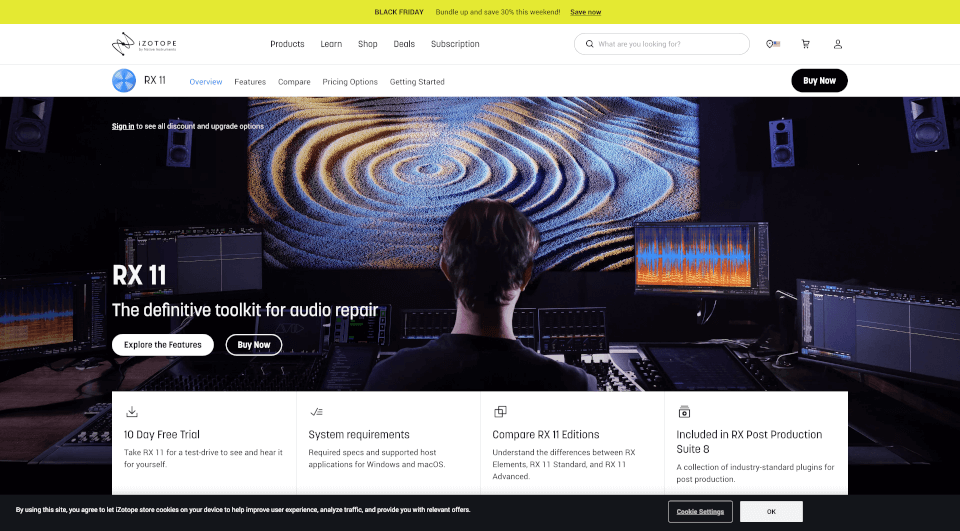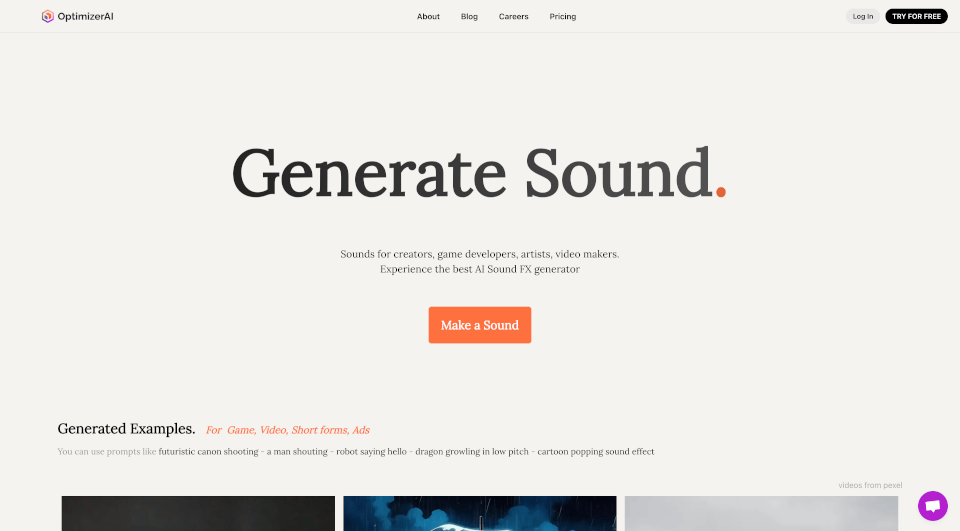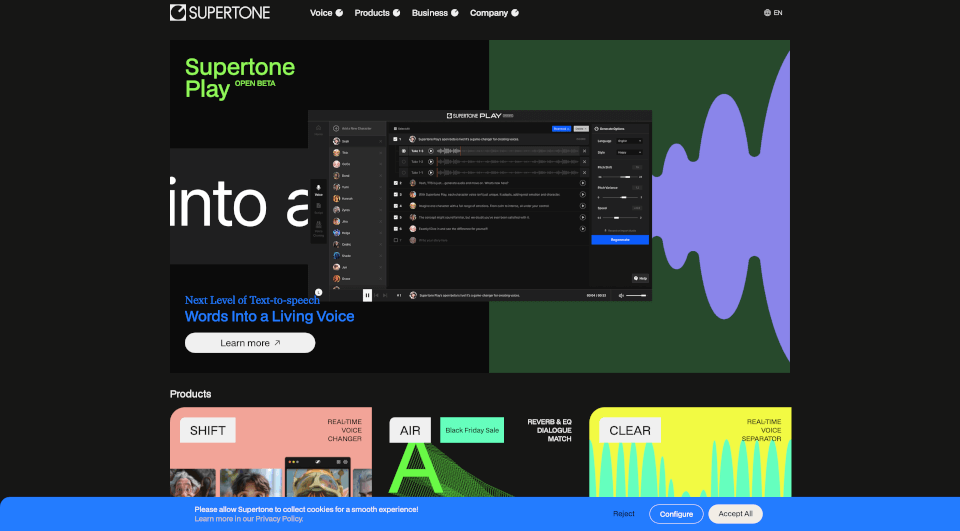What is Deepgram?
Deepgram is revolutionizing the voice AI landscape with its cutting-edge speech-to-text and text-to-speech APIs. Powered by advanced machine learning models, Deepgram provides unmatched transcription accuracy, speed, and affordability. Its voice AI solutions are designed for developers looking to integrate real-time speech recognition and generation into their applications, enabling seamless voice interactions across various sectors.
What are the features of Deepgram?
- High Accuracy: Deepgram leads the industry with models that boast up to 30% more accuracy than competitors, ensuring that even the most nuanced dialogues are captured accurately.
- Real-time Capabilities: With low-latency processing, users can experience immediate transcription and responsive text-to-speech functionalities, which are vital for applications needing instant feedback.
- Multiple Language Support: Deepgram’s API supports multiple languages, making it a versatile solution for global applications.
- Custom Models: Users can create customized models tailored to specific vocabulary sets or industry jargon, enhancing the quality of transcription in various contexts.
- Scalable Solutions: Whether you're a startup or a large enterprise, Deepgram's infrastructure supports scalable deployments to handle high volumes of audio data efficiently.
What are the characteristics of Deepgram?
- Ease of Integration: Deepgram’s APIs are user-friendly and can be integrated into various platforms with minimal coding effort, enabling faster rollout times for new features.
- Comprehensive Analytics: With advanced audio intelligence capabilities, users can derive actionable insights from conversations, helping businesses improve customer interactions.
- Cost-Effective: Up to 3-5 times cheaper than other players in the market, Deepgram ensures that effective voice AI solutions are accessible to all businesses regardless of size.
- User-Friendly Dashboard: The intuitive interface provides clients with easy access to real-time metrics and performance tracking of their voice applications.
What are the use cases of Deepgram?
- Call Centers: Enhance the efficiency of customer service with instant transcription and AI-driven insights, improving response times and customer satisfaction.
- Healthcare: Streamline patient documentation and medical transcription, helping healthcare professionals focus more on patient care rather than administrative tasks.
- Podcasting: Automatically transcribe and generate summaries of podcast episodes for improved accessibility and SEO gains, allowing for better audience engagement.
- Conversational AI: Power virtual assistants and chatbots with seamless voice capabilities, providing users with a natural and engaging way to interact with technology.
- Media Transcription: Quickly transcribe live events or recorded media for news agencies, enabling faster content distribution.
How to use Deepgram?
To start using Deepgram’s APIs, follow these simple steps:
- Create an Account: Sign up on Deepgram's website and receive your API keys.
- Integrate API: Use your preferred programming language to integrate the speech-to-text and text-to-speech functionalities into your application.
- Select Models: Choose from various models available based on your application's needs (e.g., general use, medical transcription).
- Send Requests: Use the API endpoints to send audio files for transcription or text input for speech generation.
- Receive Responses: Handle the results returned from the API, using them to enhance user experience through voice interactions.
